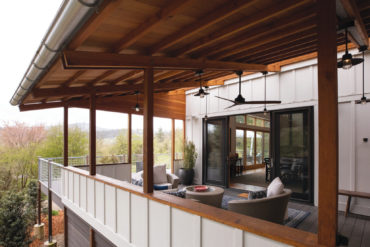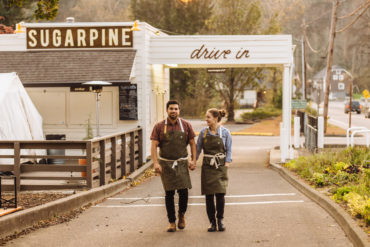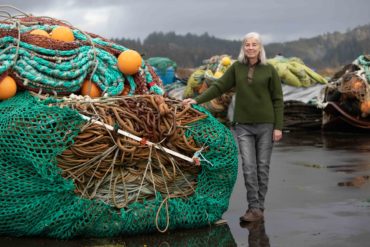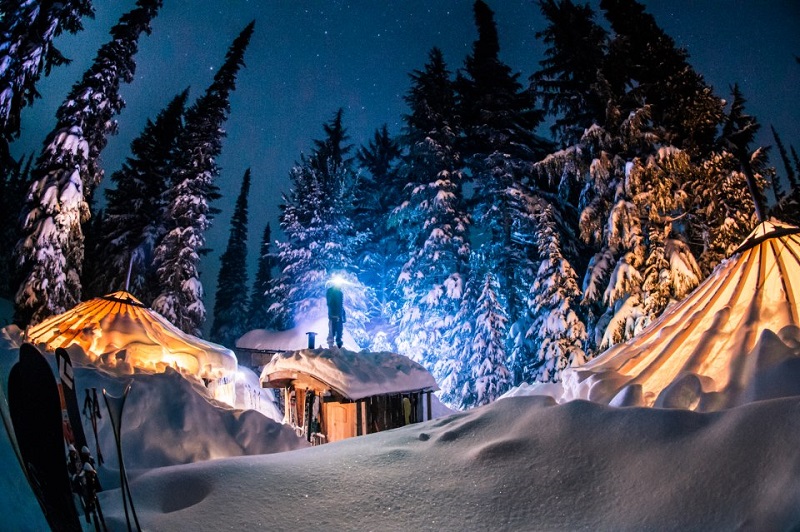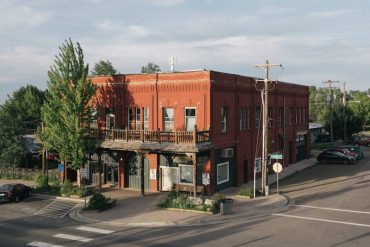DIY: Tips for a Successful Airbnb
MAINTAIN INVENTORY No guest wants to have to run to the store for a sponge or toilet paper on vacation. Higgins uses Amazon’s subscription service to stay on top of supplies for the River Cabaan. “A lot of the admin of an Airbnb is the stock and the cleaning,” said Higgins, so streamlining the process with regular deliveries is a time-saver. Have on hand things that visitors commonly forget to pack as well, such as extra toothbrushes and deodorant, said Smola-Foti. DON’T FORGET THE OUTDOORS While the Carlton farmhouse has a lot of dedicated outdoor space, including a deck and covered porch, Smola-Foti makes sure to populate it with ample seating so that guests can take advantage of finding a place in the sun. Likewise, at the River Cabaan, there’s a hammock, too. KEEP IT FRESH No one wants to dry off with a towel that’s lost its fluff, or…


